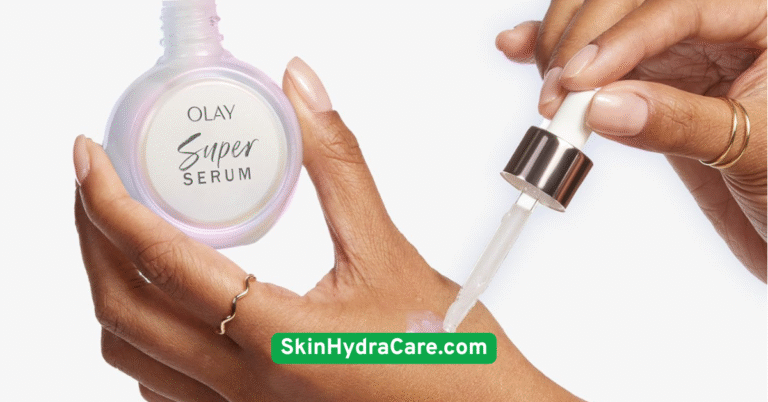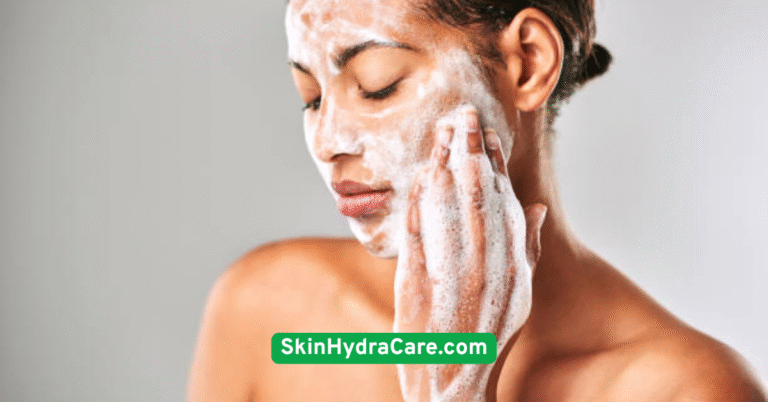30 Gentle Skincare Tips for Dry Skin
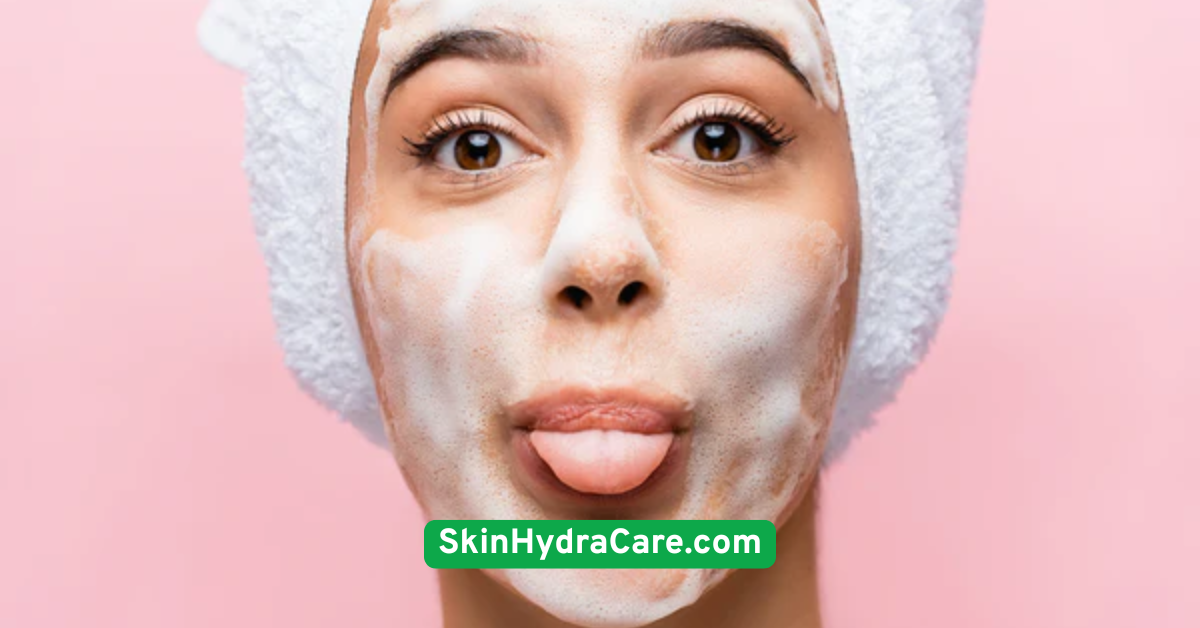
1. Use a Hydrating Cleanser Instead of Foam-Based Ones
Foaming cleansers are popular, but many of them contain harsh surfactants like sulfates that strip the skin of its natural oils. For dry skin, this can worsen dehydration and compromise your skin barrier.Instead, go for a creamy or gel-based hydrating cleanser. Look for ingredients like glycerin, ceramides, or hyaluronic acid. These nourish the skin while removing dirt and oil without causing tightness.Double cleansing? Only do it when necessary, like after heavy makeup days. And always follow up with moisturizer!

2. Apply Moisturizer on Damp Skin
This is one of the simplest yet most powerful habits for hydration. Moisturizer works best when your skin is slightly damp because it helps seal in water.After cleansing or showering, pat your face gently—don’t rub. Then, within 60 seconds, apply your moisturizer. This trick locks in hydration and creates a soft, supple glow.Choose products labeled “hydrating” or “emollient-rich” for best results.
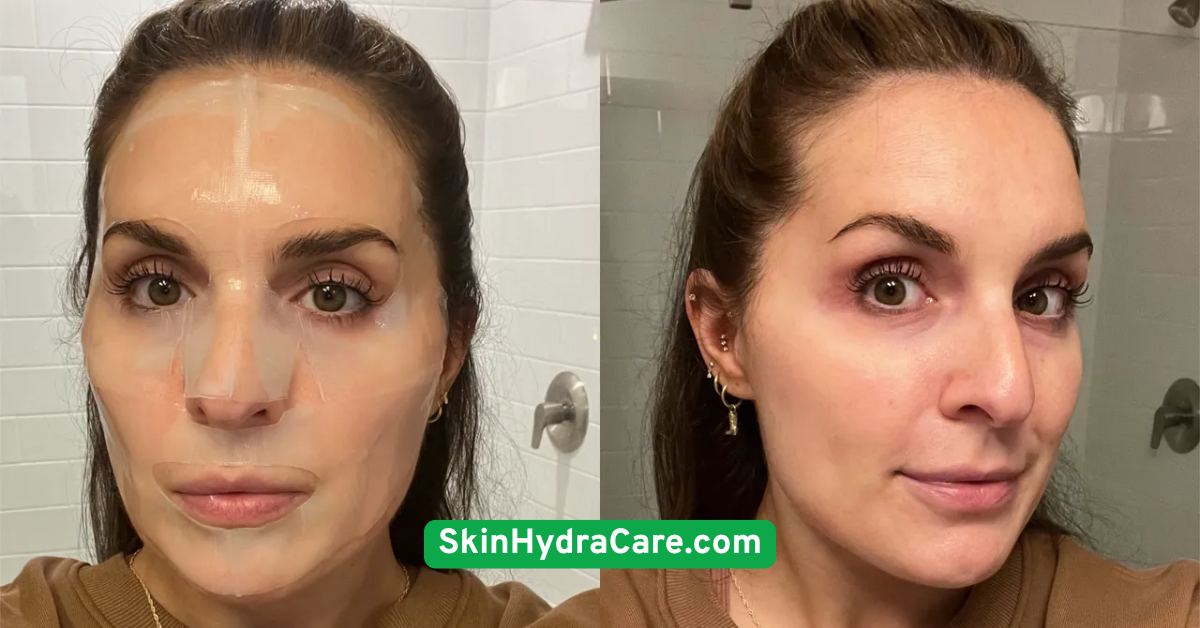
3. Choose Fragrance-Free Products
Fragrances, even natural ones, can irritate dry or sensitive skin. If you often feel a stinging sensation after applying skincare, fragrance might be the culprit.Opt for fragrance-free or hypoallergenic products. They’re gentler on your skin and reduce the risk of inflammation or redness.When in doubt, do a patch test before using anything new.
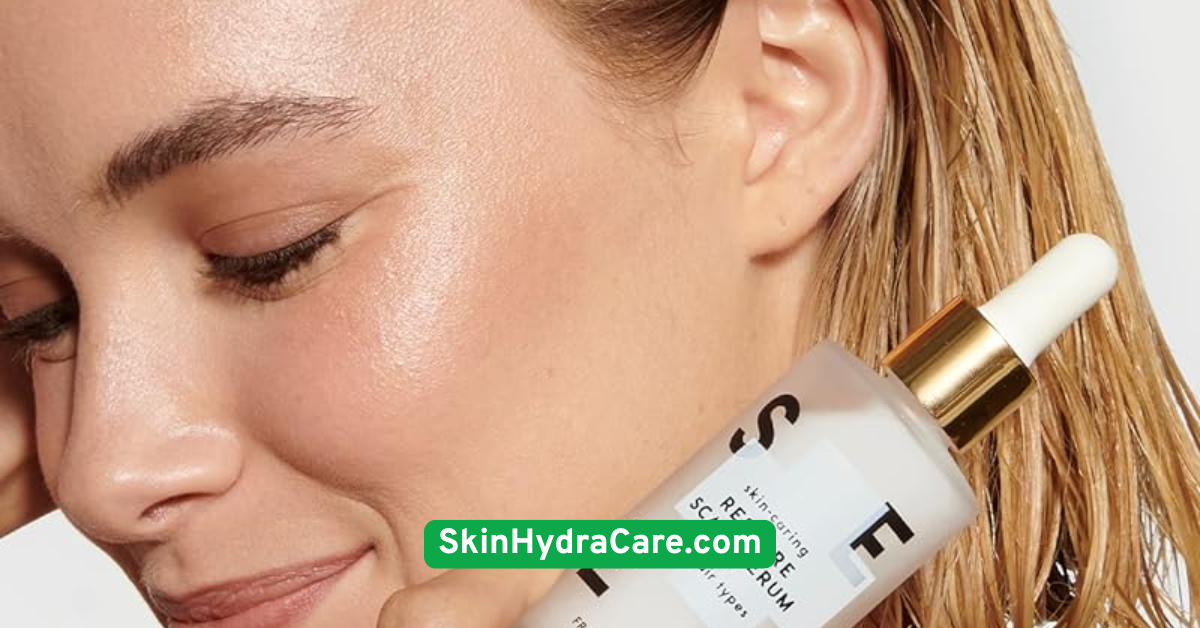
4. Incorporate Hyaluronic Acid into Your Routine
Hyaluronic acid is a hydration hero. It can hold up to 1,000 times its weight in water, making it perfect for dry skin.Apply it after toner but before moisturizer. For best results, use it on damp skin, as it draws water from the surrounding environment or deeper skin layers.Follow up with a moisturizer to lock it in, preventing moisture loss.
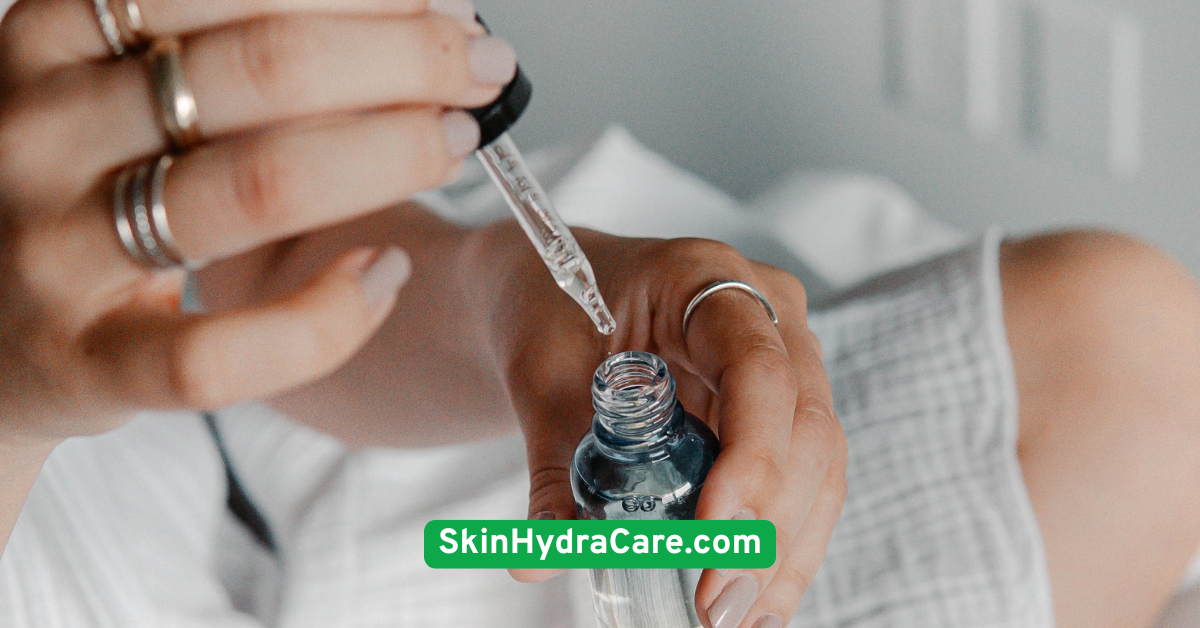
5. Avoid Over-Exfoliating
Exfoliating helps slough off dead skin cells, but doing it too often can disrupt your moisture barrier. That tight, red feeling? It’s a warning sign.Stick to exfoliating once a week, max. Choose gentle options like lactic acid or mandelic acid if you prefer chemical exfoliants. Avoid harsh physical scrubs.Your skin needs time to renew naturally—be kind to it.
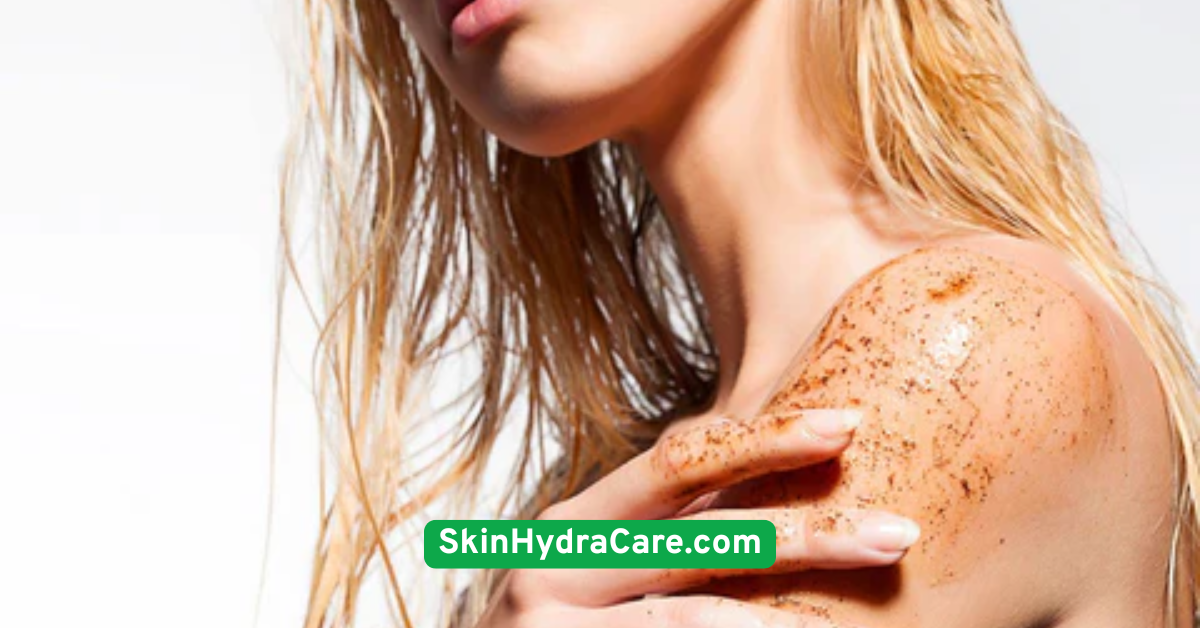
6. Try the “Slugging” Method at Night
“Slugging” involves applying a thin layer of an occlusive like petrolatum jelly (e.g., Vaseline) over your nighttime moisturizer. It seals in hydration and prevents transepidermal water loss.Slugging is especially helpful during winter or when your skin feels raw. Just be cautious if you’re acne-prone, and always apply it as the last step.Wake up with soft, plump skin—it’s like magic!
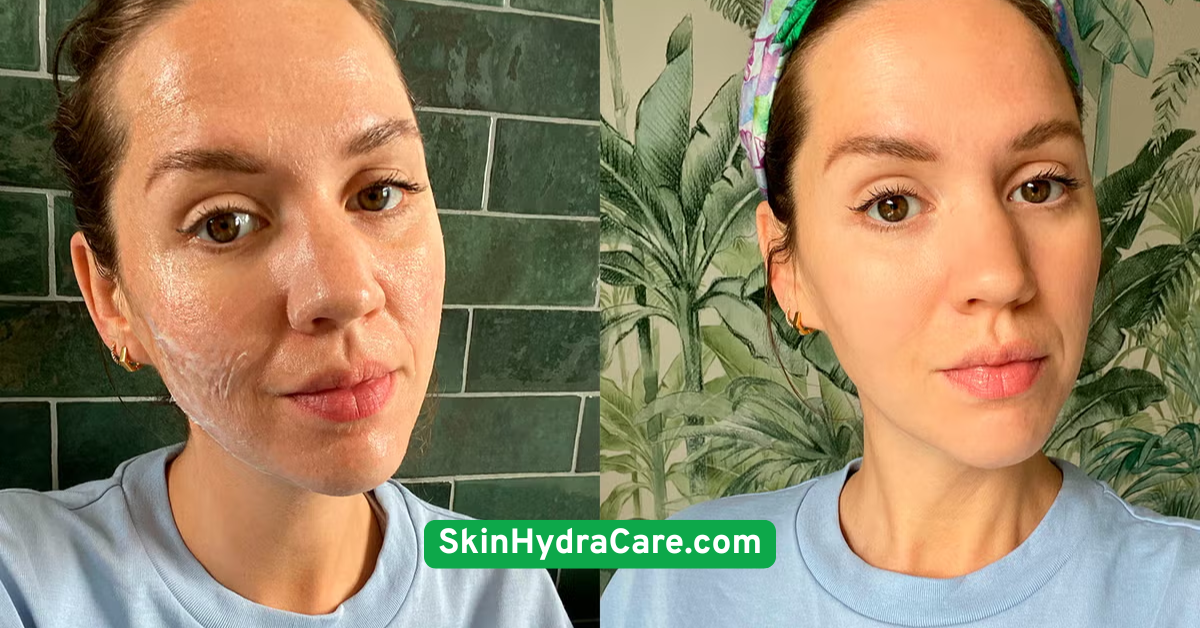
7. Use a Humidifier at Home
Dry indoor air—especially during colder months—can wreak havoc on your skin. A humidifier helps restore moisture in the air, preventing your skin from drying out overnight.Place one near your bed while you sleep. You’ll notice less tightness and flakiness in just a few days.It’s a budget-friendly investment in your skin’s hydration.
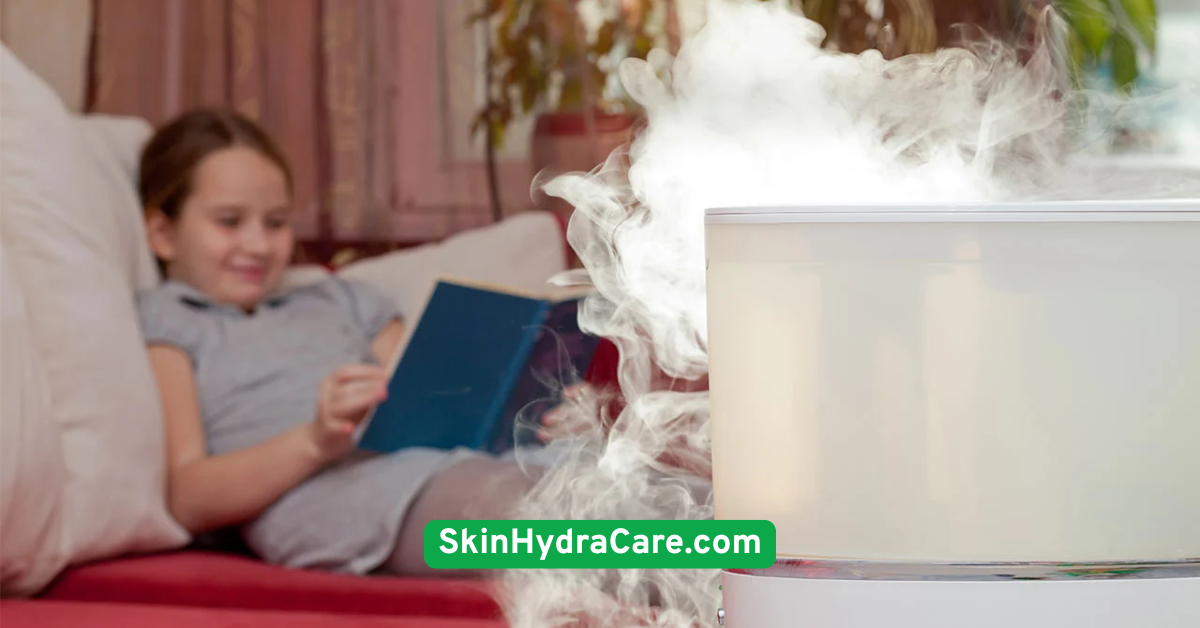
8. Opt for Lukewarm Water, Not Hot
Hot showers feel amazing—but they strip your skin of natural oils. Lukewarm water is gentler and just as effective at cleansing.When washing your face or body, stick to lukewarm temperatures. Your skin will retain more moisture and feel less irritated afterward.And no matter what, always moisturize after bathing!

9. Layer Skincare Correctly (Thinnest to Thickest)
Applying products in the wrong order can reduce their effectiveness. For dry skin, proper layering maximizes hydration.Start with a hydrating toner or essence, then move to serums (like hyaluronic acid), followed by moisturizer and oil if needed. Sunscreen always goes last in the morning.This method helps each product absorb fully and do its job.
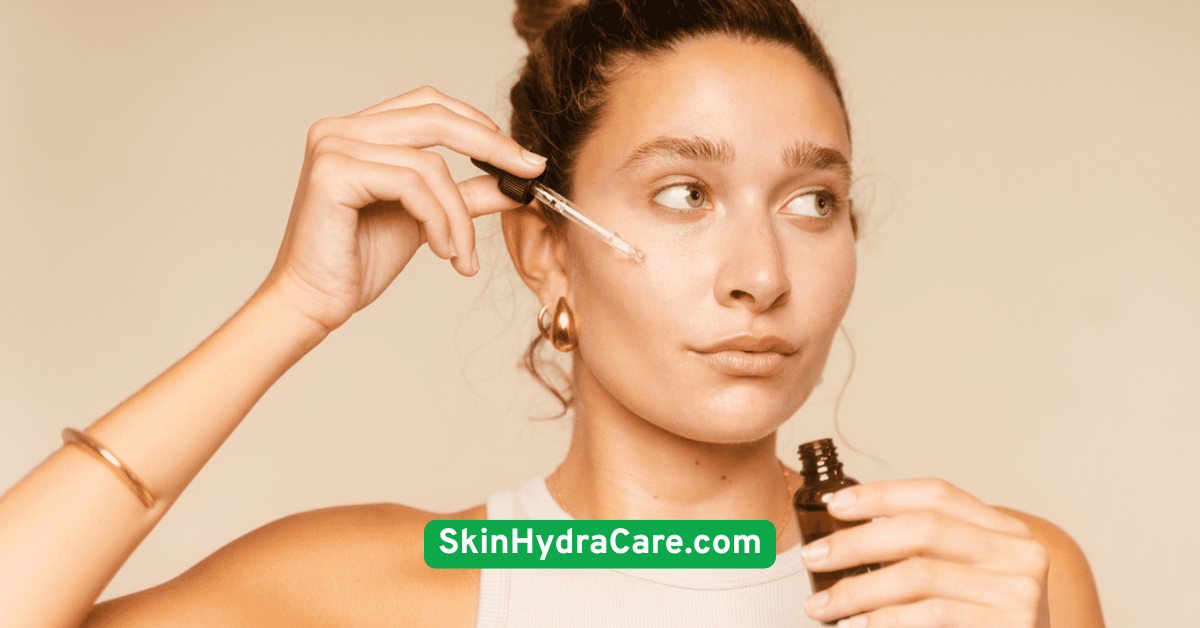
10. Add Ceramide-Rich Products
Ceramides are lipids naturally found in your skin barrier. When skin becomes dry, it often means you’re low on ceramides.Use moisturizers or serums containing ceramide NP, cholesterol, or fatty acids. These help restore and strengthen the skin’s protective barrier.Ideal for eczema-prone or flaky skin types.

11. Avoid Harsh Towels or Face Cloths
Dry skin can be easily damaged by rough materials. That favorite towel you’ve had for years? It might be too abrasive.Use a soft microfiber cloth or pat dry with a gentle cotton towel. Avoid rubbing—this causes micro-tears and irritation.Gentle handling = happy skin.
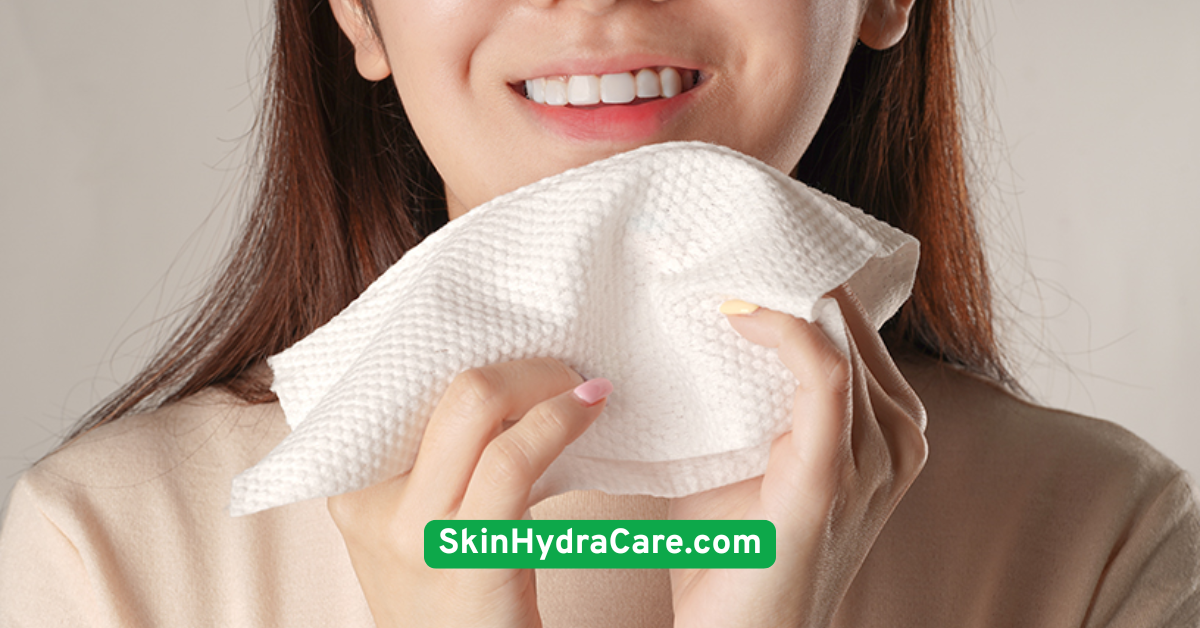
12. Drink Plenty of Water Daily
It may sound obvious, but hydration starts from within. If your body’s dehydrated, your skin will reflect it.Aim for at least 8 glasses of water a day. Add electrolyte-rich drinks, herbal teas, or fruits like watermelon and cucumber for extra hydration.Healthy skin begins with healthy habits.

13. Use Aloe Vera Gel for Soothing
Aloe vera is nature’s soothing balm. It’s anti-inflammatory, hydrating, and rich in vitamins that heal and calm the skin.Use pure aloe vera gel as a lightweight hydrator or post-sun soother. Apply it before your serum or mix with moisturizer.Bonus: It’s super affordable and easy to find!
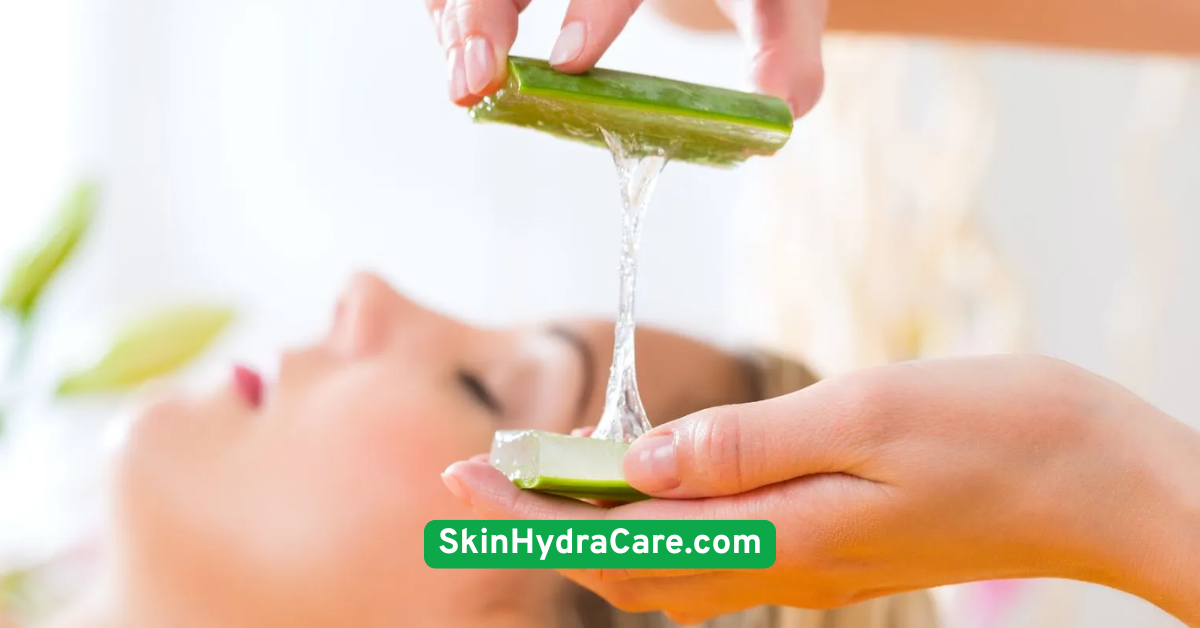
14. Include Omega-3 Fatty Acids in Your Diet
Omega-3s help maintain the skin’s lipid barrier. Deficiencies can lead to dryness, dullness, and flaking.Add foods like salmon, flaxseeds, chia seeds, and walnuts to your meals. Or consider a supplement (consult a doctor first!).Your skin will thank you from the inside out.

15. Apply a Barrier Repair Cream
When skin is severely dry or compromised, barrier repair creams can work wonders. These are formulated with ingredients like niacinamide, cholesterol, and ceramides to heal the barrier.Apply them as your final step before bed. They’re like a reset button for damaged, flaky skin.

16. Use SPF Daily, Even Indoors
Sun damage doesn’t stop indoors—UVA rays penetrate through windows and contribute to dryness and aging.Apply a hydrating sunscreen every morning. Look for ingredients like hyaluronic acid or glycerin for an extra moisture boost.Your future self will thank you.
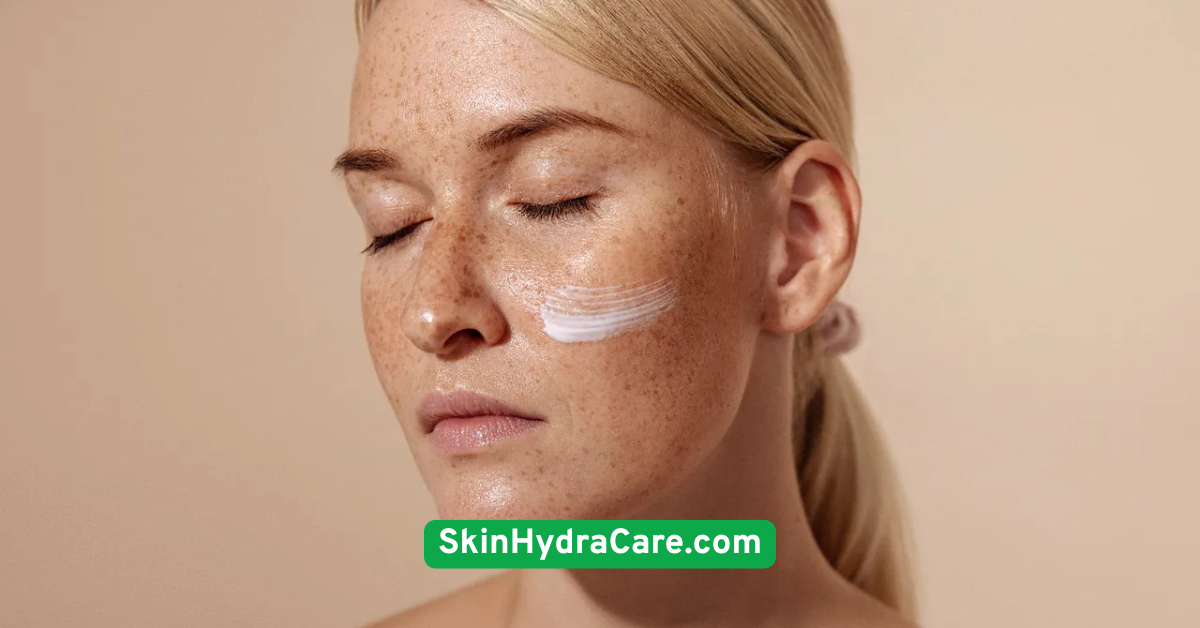
17. Skip Alcohol-Based Toners
Toners can be great—but not if they contain denatured alcohol or astringents. These dry out your skin, making everything worse.Opt for hydrating toners with soothing ingredients like rose water, chamomile, or panthenol. Your skin will feel refreshed, not stripped.

18. Try a Nourishing Overnight Mask
An overnight mask is like a moisturizer on steroids. It delivers intense hydration and nutrients while you sleep.Use 1–2 times a week for a plumper, dewier complexion by morning. Look for masks with squalane, vitamin E, or centella asiatica.
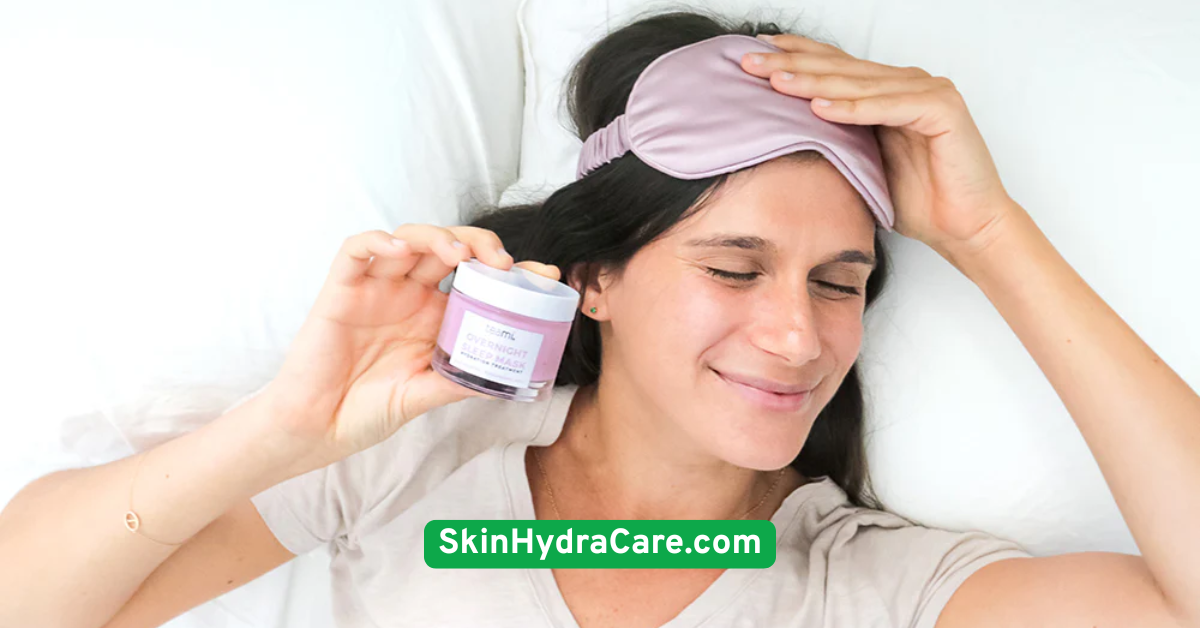
19. Choose Gentle, Non-Stripping Makeup Removers
Makeup removers that sting or leave your skin tight are a big no. Avoid wipes at all costs—they’re drying and tug at the skin.Choose micellar water, cleansing balms, or oil-based removers. They lift makeup without stripping natural oils.
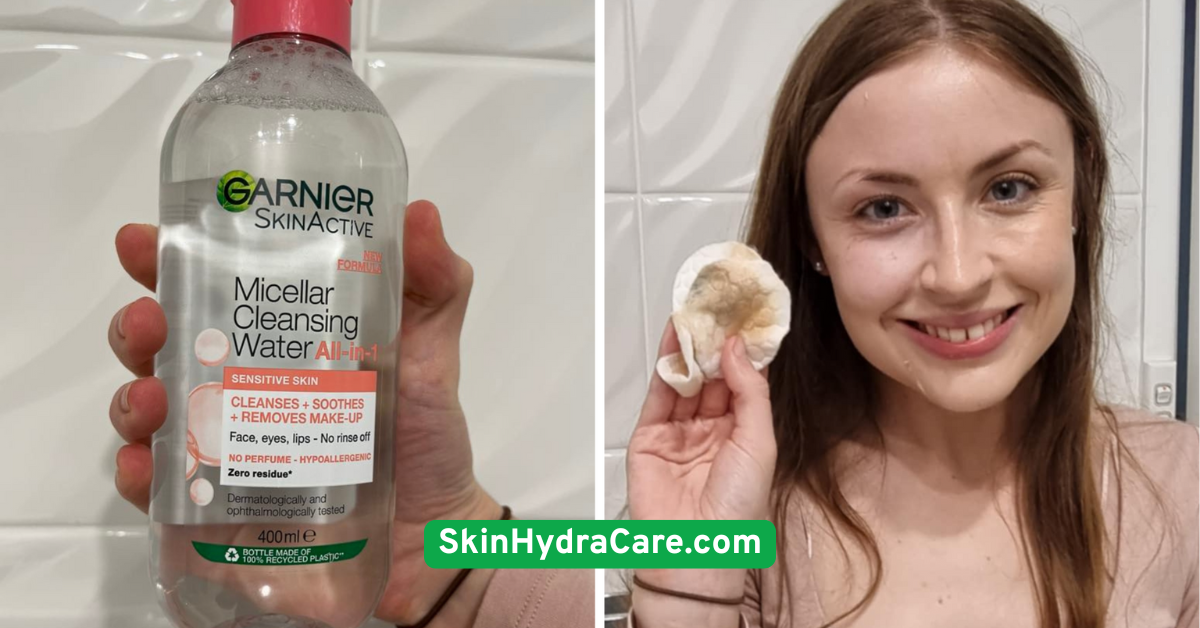
20. Don’t Skip Eye Cream
The under-eye area is extra delicate and often the first to show signs of dryness.Use an eye cream with peptides, ceramides, or hyaluronic acid to hydrate and smooth this sensitive zone. Apply gently using your ring finger.

21. Apply Face Oil as the Final Step
A lightweight face oil can lock in all the hydration from your skincare routine. Think of it as the final seal.Choose oils like jojoba, rosehip, or argan, especially at night. They nourish without clogging pores.

22. Avoid Long, Hot Showers
It might feel relaxing, but long hot showers = dry, irritated skin.Keep showers under 10 minutes and use moisturizing body wash. Then slather on a rich body lotion immediately after.
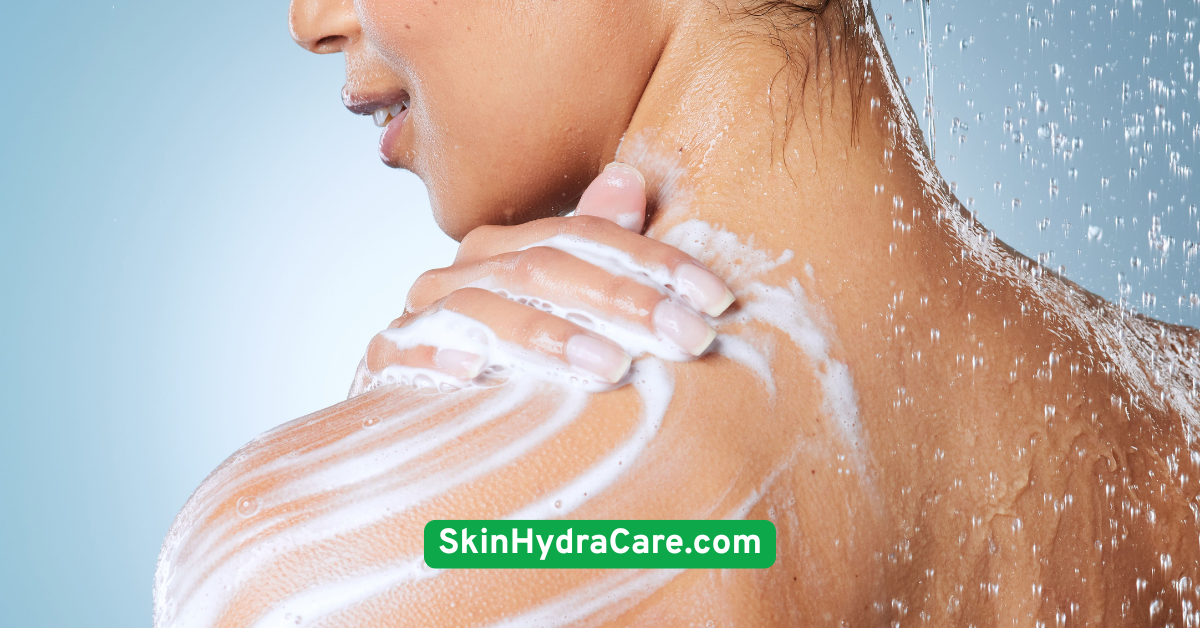
23. Be Consistent with Your Routine
Your skin loves routine. Jumping between products too quickly can cause reactions or worsen dryness.Stick with a simple, gentle routine and introduce new products slowly—one at a time.
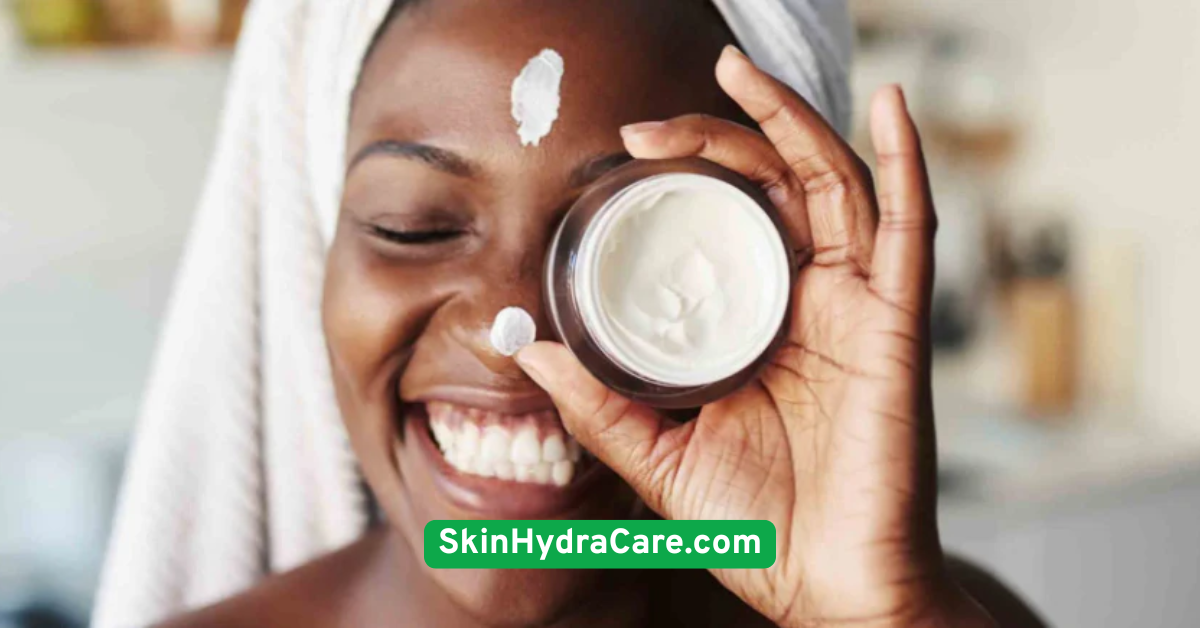
24. Use a Gentle Exfoliating Glove for the Body
Your body needs exfoliation too—but gently. A soft glove once a week removes dead skin and preps for lotion.Always follow up with a rich body cream or body oil to seal in moisture.

25. Take Skin-Friendly Supplements
Supplements like vitamin E, zinc, and collagen can help boost skin health. These nutrients support barrier function and hydration from within.Check with your dermatologist before starting anything new!

26. Avoid Clay Masks
Clay masks are great for oily skin—but terrible for dry types. They absorb oil, leaving you tighter and flakier.Instead, use hydrating cream masks with honey, aloe, or shea butter.
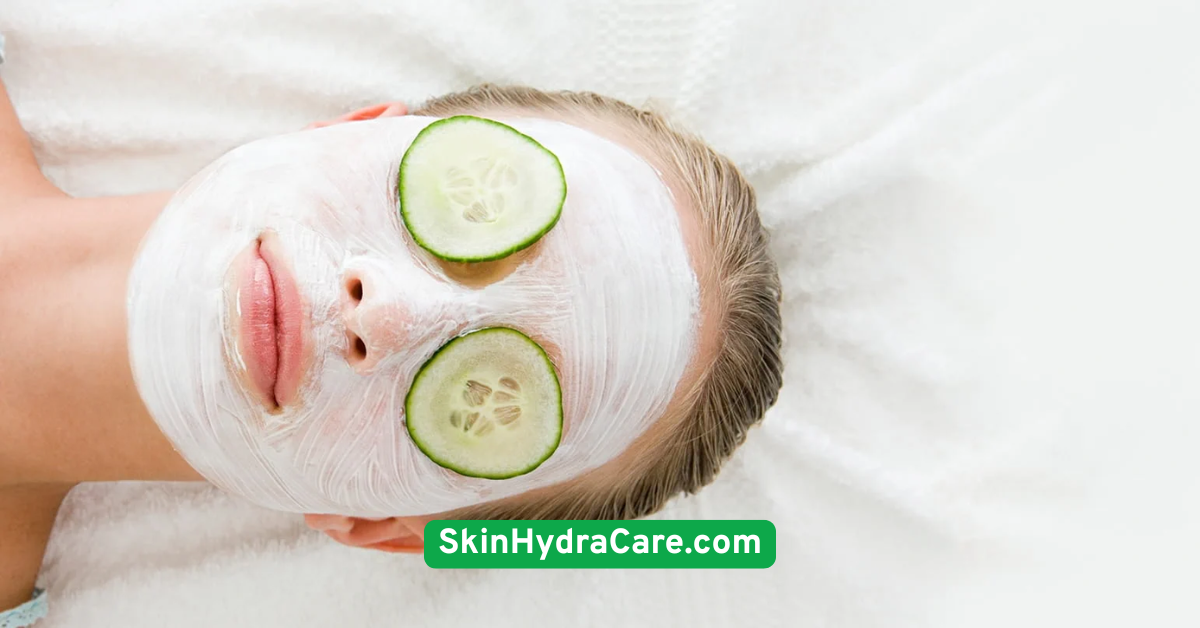
27. Protect Skin in Cold, Windy Weather
Cold air and wind can damage your skin fast. Always moisturize well before going out, and use a scarf to protect your face.Add a layer of occlusive balm to areas prone to cracking, like cheeks and lips.

28. Look for Urea or Lactic Acid in Body Creams
These gentle exfoliants also hydrate. Perfect for rough patches like elbows, knees, or heels.Use a urea-based foot cream or lactic acid body lotion 2–3 times a week.

29. Don’t Overdo Retinoids
Retinoids are amazing but drying. Use them sparingly—1–2 nights a week—and always follow up with a barrier-repair moisturizer.Buffer with a layer of moisturizer before applying if you’re extra sensitive.
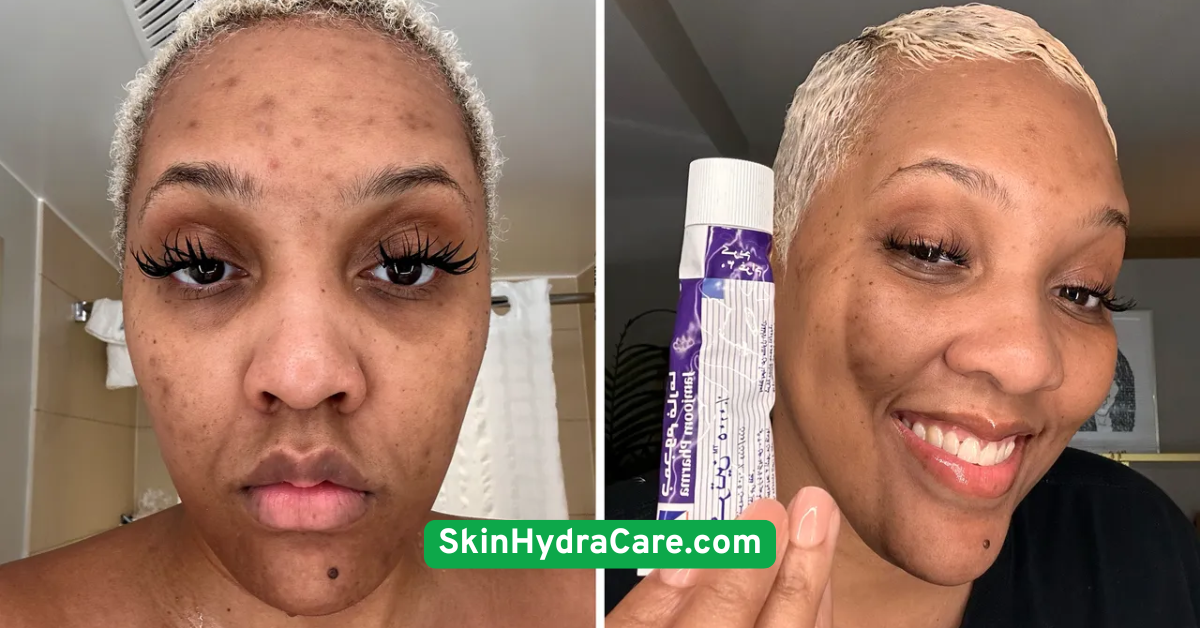
30. Listen to Your Skin
The best tip of all? Listen to your skin.If something stings, burns, or flakes—pause. Simplify your routine, hydrate, and rebuild. Your skin knows what it needs.

Conclusion
Dry skin doesn’t mean dull, flaky, or uncomfortable forever. With these 30 gentle tips, you can build a routine that nourishes, soothes, and actually works. From layering products correctly to eating omega-3s, every habit adds up to radiant, healthy skin.
Ready to glow without the flakes? Start by picking three tips from this list today—and give your skin the TLC it truly deserves.



